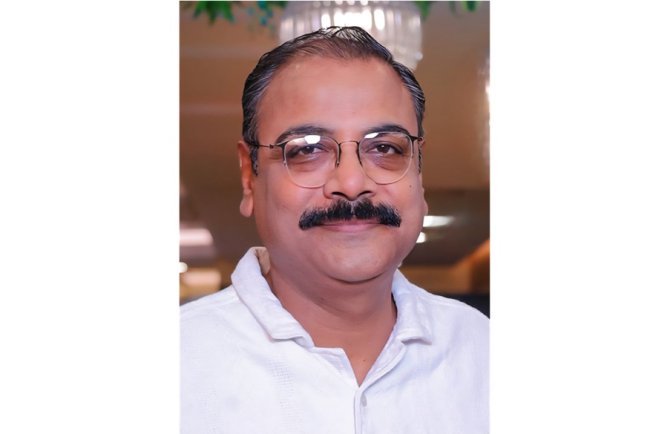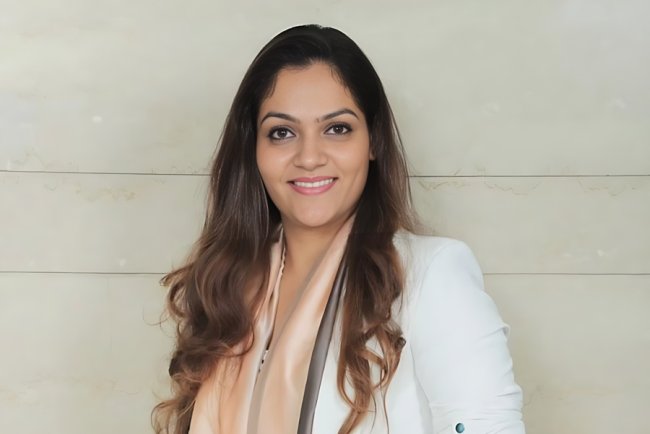We Can Predict Failures 6-month Ahead, Spot Power Waste & Suggest Savings: Anil Sethi, Pump Academy
In this interview, Anil Sethi, Founder & Chairman of Pump Academy, shares the journey, and how it’s building climate-resilient infrastructure with an eye on global expansion

Water is life. It nourishes us, grows our food, and keeps our ecosystems alive. But today, this vital resource is under growing threat. Climate change—largely caused by human activity—is throwing the global water cycle off balance. Droughts and floods have become a regular phenomenon, and rainfall is no longer as predictable as it once was. The United Nations World Water Development Report 2024, Water for Prosperity and Peace, shows how these changes are already being felt around the world.
Protecting water means rethinking how we live and build. It starts with everyday choices and extends to smarter, more sustainable infrastructure. That’s where Bengaluru-based Pump Academy comes in—bringing practical, future-ready solutions to help manage and conserve water more efficiently. Founded to transform the water and wastewater pumping and treatment sector, the company leverages AI/ML and IIoT technologies to improve the operations and maintenance (O&M) of pump systems. Their flagship solution turns traditional pumps into smart, self-diagnostic systems—able to detect inefficiencies like hidden power losses or frequent breakdowns. Using deep learning, their platform analyzes thousands of data points to identify root causes that other systems often miss.
In this interview, Anil Sethi, Founder & Chairman of Pump Academy, shares the journey, and how it’s building climate-resilient infrastructure with an eye on global expansion.
What inspired you to start this company?
I used to be the chairman of SPML Infra, one of India's biggest water supply companies. After retiring 12 years ago, I spent time on philanthropy. But during COVID, I felt I was slowing down mentally. So, I decided to do something completely new, surrounded by young people. I saw the huge unsolved problem of pump inefficiency from my earlier days. No one was solving it. So we started with two people and now have a 60+ member team with an average age below 30. At 72, I started this technology company as a commerce graduate—pure passion.
What is Pump Academy, and what makes it unique?
Pump Academy was started two and a half years ago. We are the only company in the world that offers complete end-to-end performance management and predictive maintenance for pumping stations. Most companies focus on parts of the process—we do the full 360-degree solution. We have developed a high-end tech product using sensors that collect data from pumps, transmit it to the cloud, and analyze it using AI. We can predict failures six months in advance, identify excessive power consumption, and suggest savings. That's the uniqueness.
How does IPumpnet transform traditional pumping systems?
We make traditional pumps smart and intelligent. Many pumping systems suffer from inefficiencies—some waste 40% more power without knowing. Others break down regularly without clear reasons. We use deep learning and massive data analysis to identify root causes. Our approach is end-to-end, and that’s what sets us apart.
What technologies do you use?
We use IoT sensors, machine learning, AI, vibration monitoring, and electrical spectrum analysis. We install multiple sensors that collect data, send it to our cloud platform, and display insights for users.
Do you manufacture the sensors?
Not yet. We currently import most sensors, but we manufacture and assemble the processing and hardware components ourselves.
Is it affordable to upgrade an old pump system with your technology?
It depends on the size and parameters. For small pumps, it may not be viable. But for larger systems—say 200kW or more—the cost can range from Rs 20 lakhs to Rs 1 crore. Recovery depends on usage and existing inefficiencies.
How does your system help with climate change challenges like erratic rainfall and drought?
We reduce power consumption, which lowers environmental damage. We also reduce water wastage and equipment breakdowns. Every part of our solution contributes to environmental sustainability.
Can you give an example of how much can be saved?
It really depends on the system. Some clients recover costs in 9 months, others in 2-3 years. A 24/7 operating pump sees faster recovery. An irrigation pump used only 6 months a year will take longer.
Beyond the tech, what support do you offer clients?
We don’t just install and leave. We guide, train, and educate operators. We have training manuals and a knowledge base on our website. Eventually, they become near-perfect operators. We also support industries beyond water—like aluminium, paint, and power plants. Anywhere there's water use, our tech applies.
What are your future plans?
The market is huge, and there is a global vacuum in this space. We keep evolving. In two years, we’ve already reached Version 3. Our 20-member R&D team constantly upgrades the tech.
What challenges do you face when upgrading traditional systems?
The biggest challenge is acceptance. Technically, our system is flexible and adaptable. Once clients agree, implementation is smooth.
What's Your Reaction?

















